When it comes to flowers and gardening, the choice you have is big. You can choose between many types of flowers, all beautiful in their own way. They all require different conditions to grow well, so it’s up to you to see which one suits your needs the best.
In this article, we are showing you ten types of flowers that like shady locations. Partial or full shade, these all will make your garden a lovely place with their bold colors and lovely shapes.
Check them out and let us know which one you would like to plant in your garden.
1. Hardy Geranium
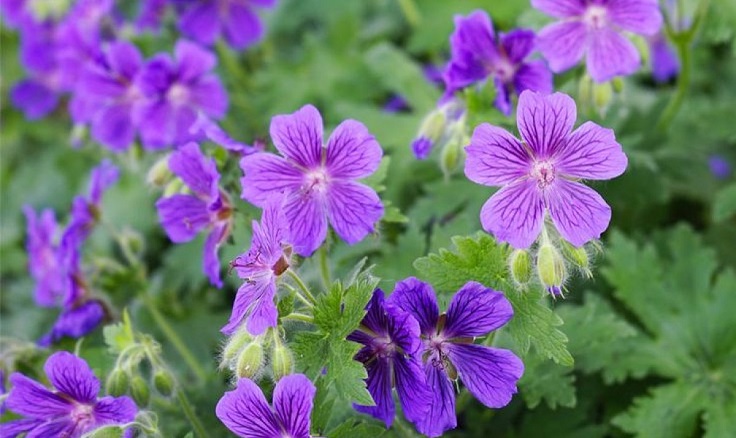
via landing.images editor.club
The hardy geraniums bloom in late spring, and they last until fall – they will make your garden look pretty the whole summer! There are many varieties of the hardy geraniums, and each requires its own conditions, but they all should be planted with the flower crown at soil level, in a fertile and moist.
They become somewhat drought-intolerant as they grow. However, you will still need to water them occasionally.
2. Helleborus Orientalis
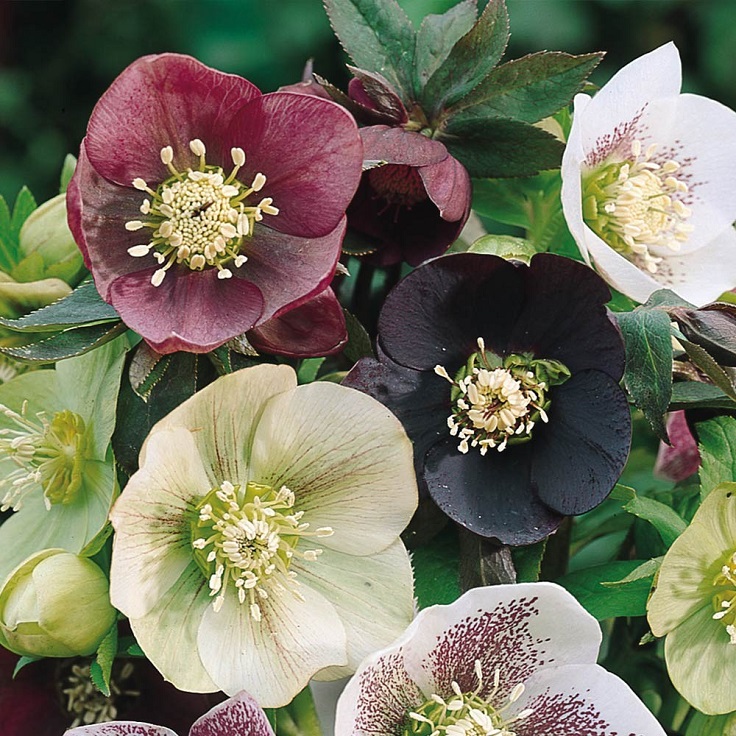
via jparkers.co.uk
Hellebores are also known as Christmas rose or Lenten rose. They need a part to full shade and want to be planted in well-drained soil. While growing, you should keep them moisturized, but once they’re established, they become somewhat drought – intolerant. When it comes to pruning, the hellebores should be pruned in early winter by cutting away old or damaged foliage of the evergreen. As perennials, hellebores come in few colors, all of them equally beautiful!
3. Cyclamen Coum
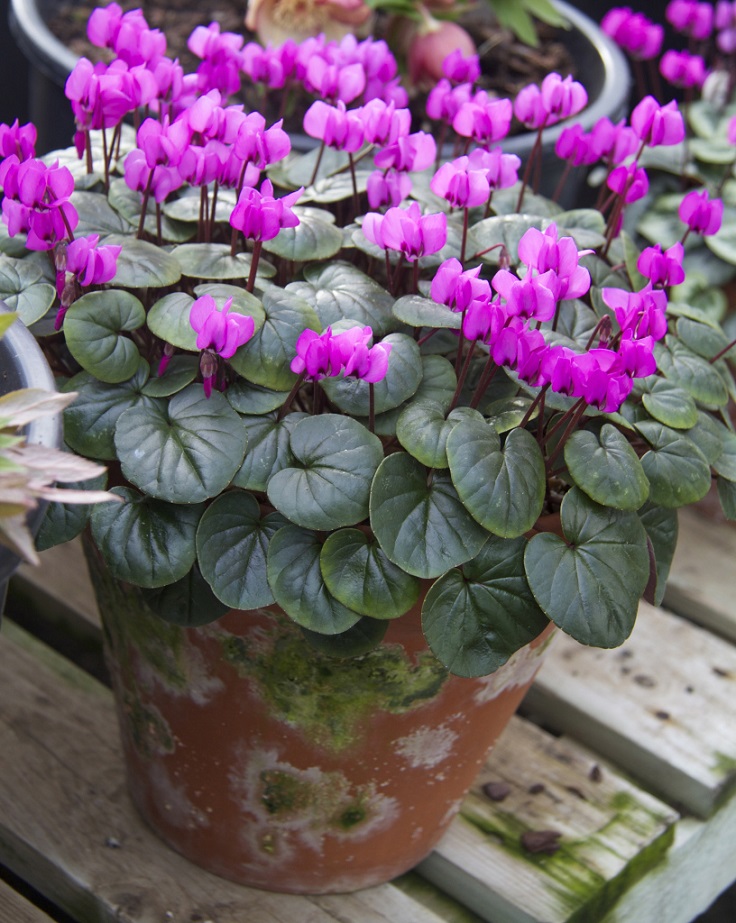
When it comes to cyclamens, these pretty flowers must be grown at the right temperature. In nature, they grow in rather cool climates, so if you keep them somewhere hot, the plant will turn yellow, while the flowers will start to fade. Once you get the right temperature, the next important step is watering. The cyclamen needs excellent drainage with a potting medium that holds water well, and it’s very sensitive to over or under-watering.
4. Bluebells
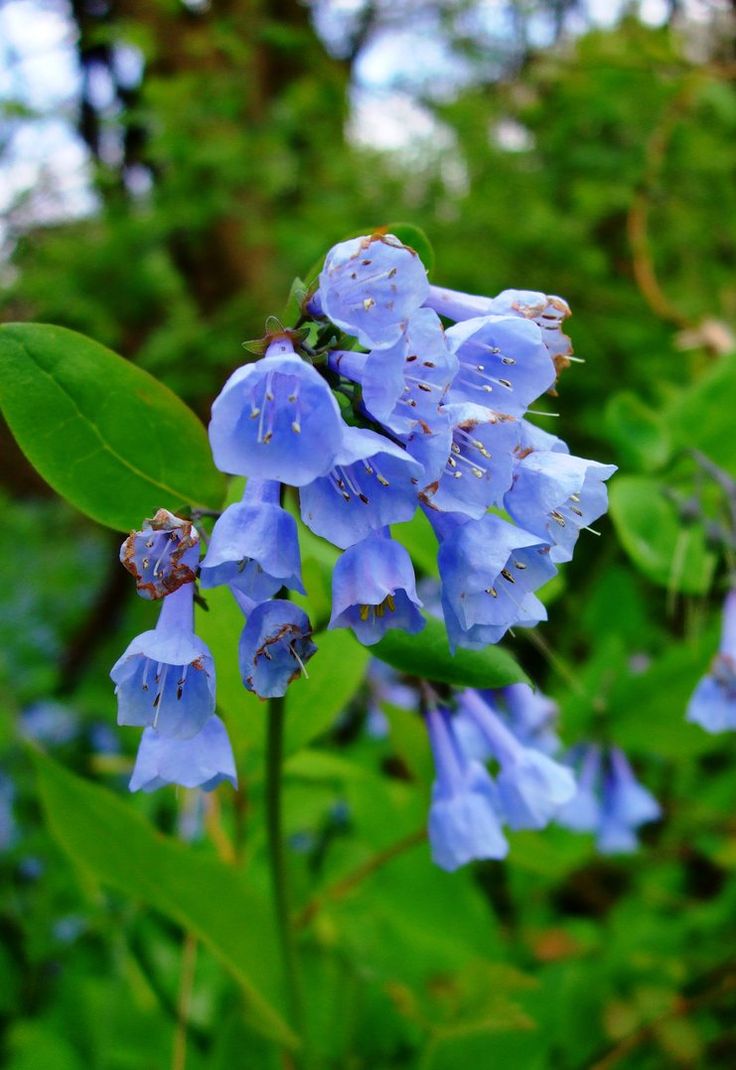
via picsmine.com
Before you plant bluebell flowers, make sure to test the soil to see if it has the ideal pH value – it should be between 5.5 and 6.5. These beautiful bell-shaped flowers tolerate moderate to dry soil and need to be watered every few days after being planted so that their roots take hold. However, you will notice that weeds grow around bluebells, so you will need to pull them out every two weeks to make sure they’re not going to damage the bluebell’s roots.
5. Primroses
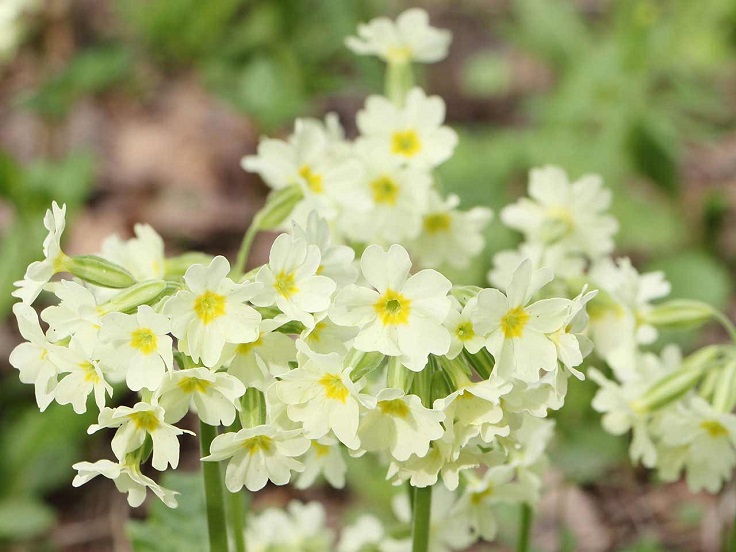
via saga.co.uk
Primroses need to be kept moist, but be careful not to over – moist them. This will keep the primroses away from root rot. They need to be fertilized once a month, except while they’re in bloom. If you keep them inside your home, they also need high humidity, so for this, it’s best to grow them in temperatures between 50 and 65 F.(10-18 C.). Even though you can plant it either outside or inside, when it comes to taking care of primroses, it will be easier if you do that in your garden.
6. Astilbe
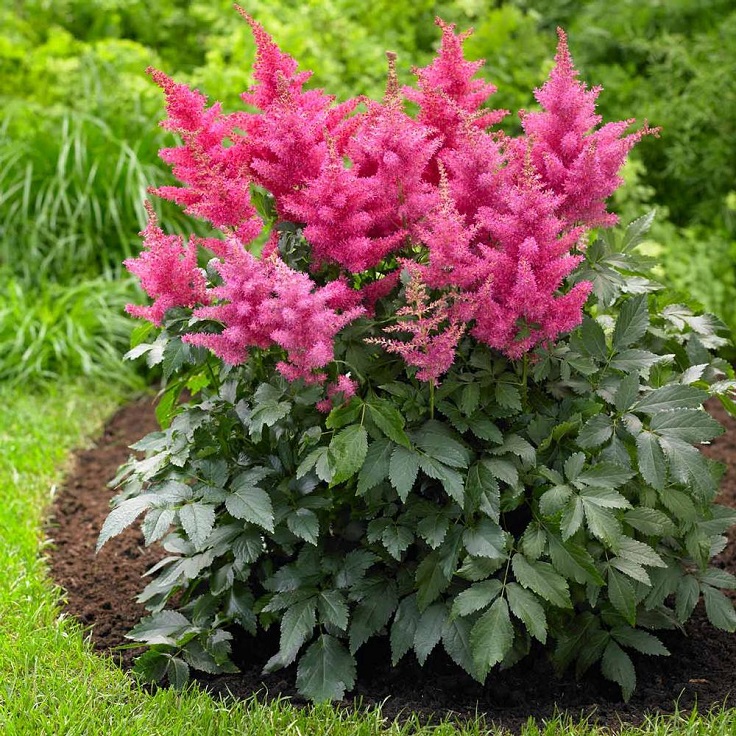
These pretty pink flowers grow best in rather cool summers. They can grow between 6 inches and 5 feet tall, and they start blooming in late spring or early summer. Astilbes are really easy to take care of – they tolerate wet soil and tolerate full sun as long as their soil is moist. However, for the pretty astilbe’s best growth, make sure to plant the flower in a site with light to full shade and moist, humus-rich soil.
7. Impatiens
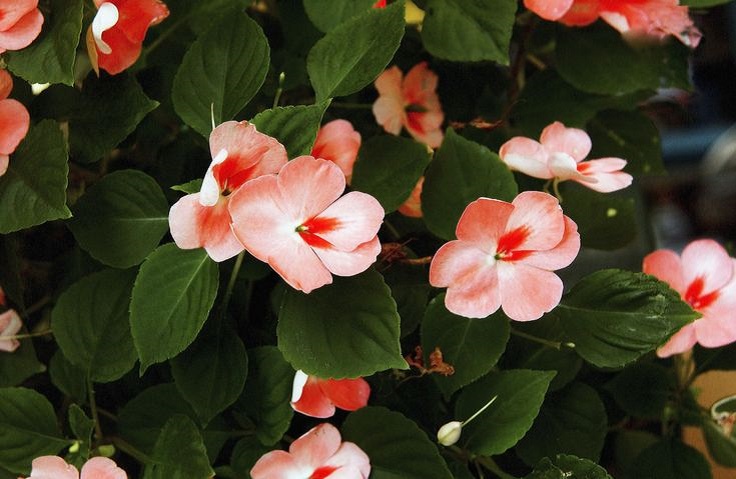
via thespruce.com
Impatiens can be propagated from cuttings or seeds, and if you purchase them from any garden center, most likely, you will get an already well-rooted plant. Until you plant them in the ground, water them regularly because they will start to fade if they sense a lack of water. Impatiens want to be planted in well-drained soil, in a partial or deep shade. You should also fertilize them regularly with a water-soluble fertilizer at the beginning of the spring season and once more during the summer.
8. Lobelia
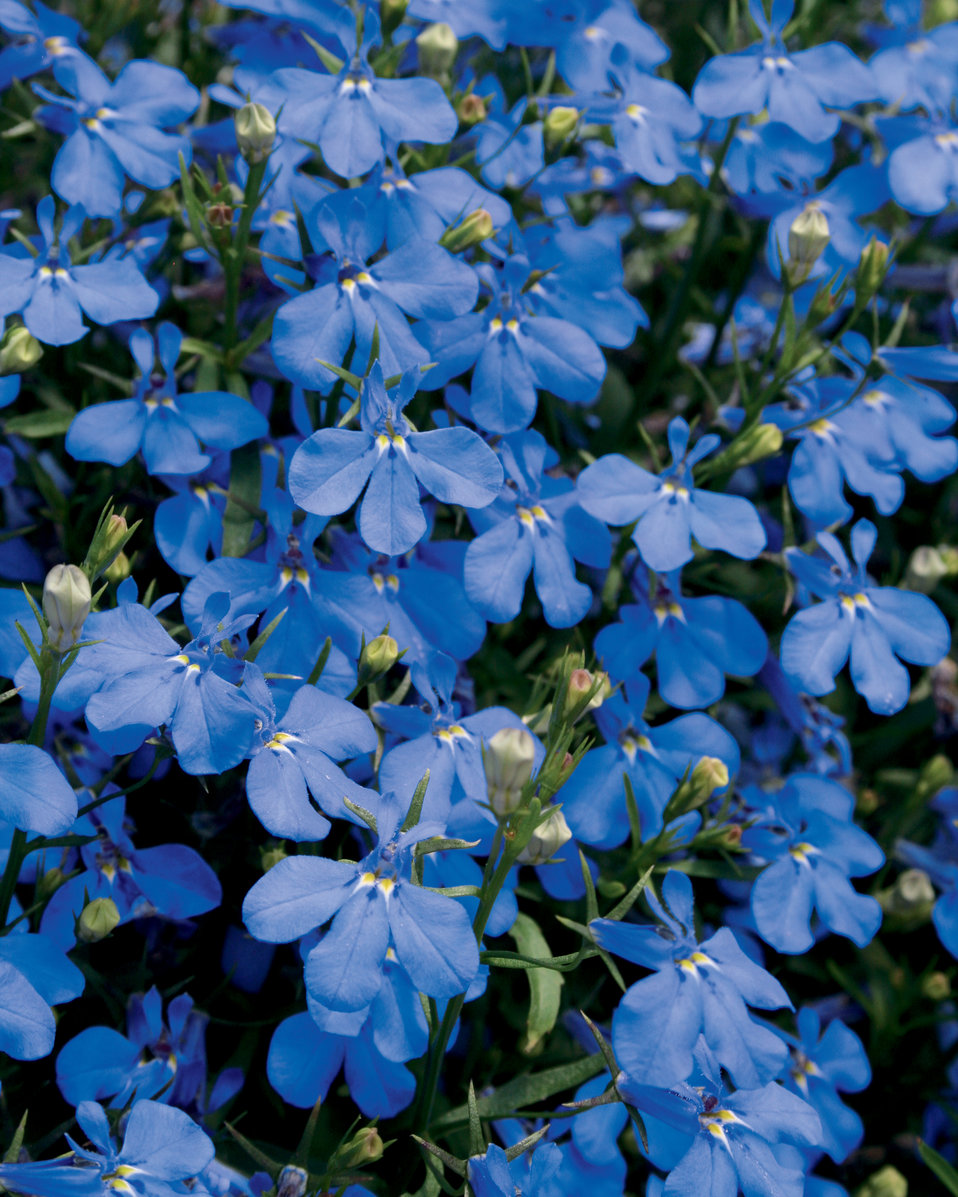
Even though there are many varieties of this flower, when it comes to home gardening, usually there are just three of them that are commonly purchased – L. inflate (Indian tobacco), L. cardinalis (Cardinal flower), and L. siphilitica. These beautiful flowers require partial shade and moist, rich soil. The lobelias are a very low maintenance plant, as all you need to do after they’re well-established is to water them regularly when it’s really hot and fertilize them once a month.
9. Cleome
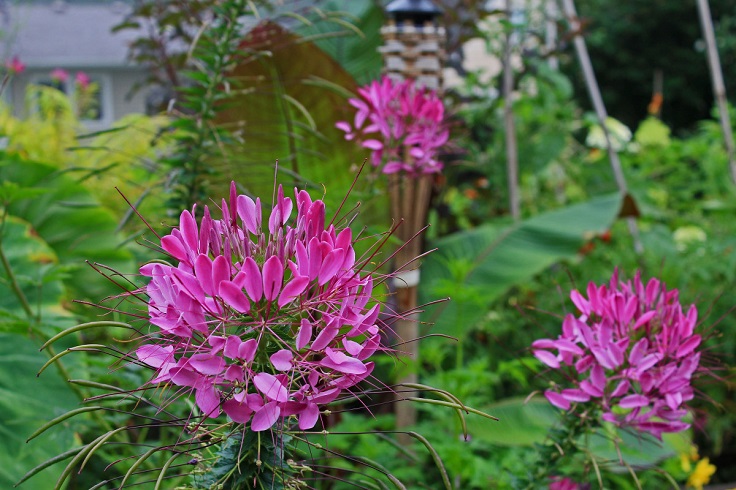
via palmraeurbanpotager.com
Cleome is also known as a spider flower because of its unique shape. This flower needs to be planted in spring after all the frost is gone – just press the seed onto the soil and keep it watered. If your garden soil is rich, you won’t have to use fertilizers in the future, and once the cleome is well-established, it becomes drought-intolerant, so you can keep watering at a minimum. It will then provide you with amazing flowers that will last until winter.
10. Foxglove
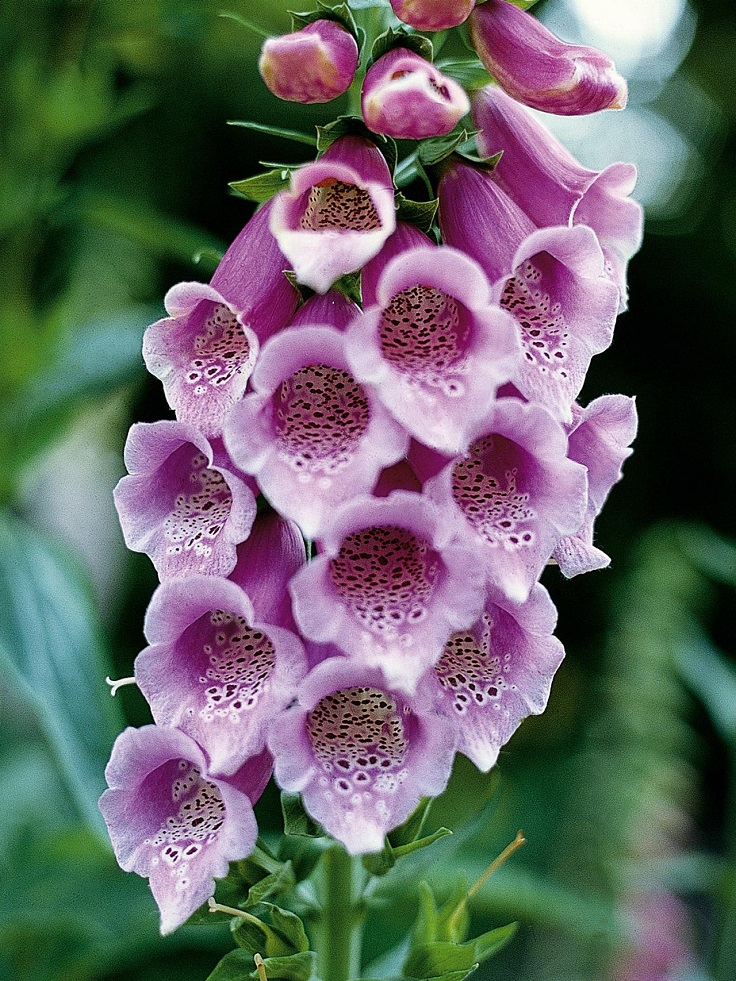
via hgtv.com
Foxgloves need well-drained and rich soil that shouldn’t be left to dry out to allow re-growth because the foxglove is a short-lived, biennial flower. The flower can grow well in partial or deep shade, but if you live in a place where the summer is really hot, you will need to keep it under a shade more. If you like how the foxglove looks in your garden, you can leave the old flowers to dry out on the stalk and drop seeds for the next growth.

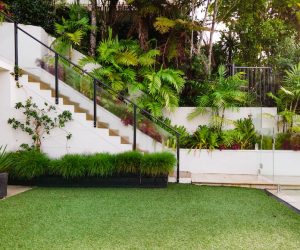
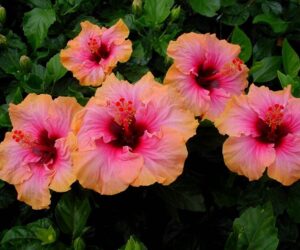

I’m not sure the writer knows what intolerant means
I agree. I was confused until reading your statement. Also, I personally feel that there are other flowers that are shade tolerant that maybe better choices depending on personal preference.
not seeing the names of the flowers. would be helpful. thanks!
The only shade loving perennial I see is the geranium.
You need to search for the next button. On the first flower it was way down the page, on the rest I found them below the discription. Hope this helps.